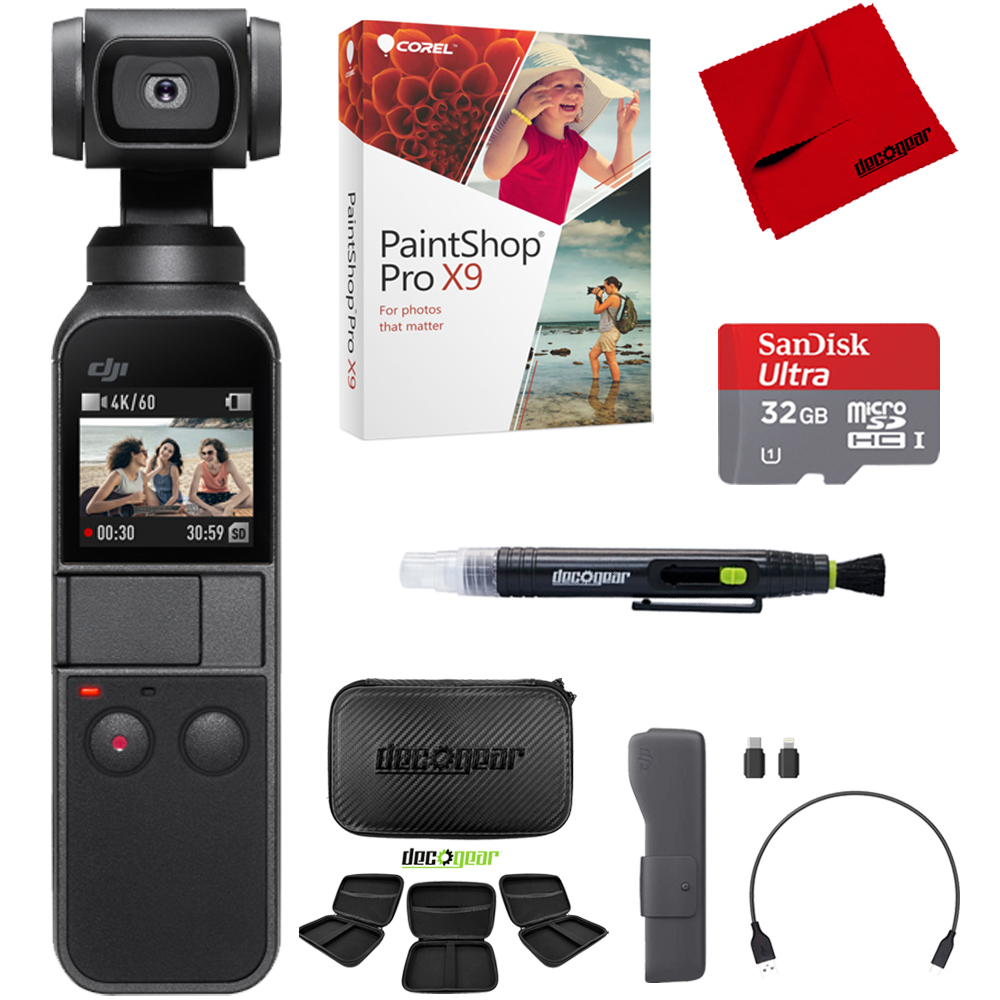

Using the thumb pad takes a little getting used to, as you’ll find that the phone will sometimes swing away from the action you’re trying to capture, or remain facing in a single direction while you’re trying to pan around. The app also lets you choose between Walk and Sport scene modes, adjusting the looseness of the gimbal accordingly. You can adjust the speed of your pans via the DJI Go app’s gimbal settings. By default, the panning speed is quite slow (albeit very cinematic). The conveniently-placed thumb pad lets you pan your camera up and down and from side to side. While you’ll be able to walk and shoot right away with little to no bouncing or bobble, getting the camera to point where you want it to isn’t quite so simple. Don’t expect to be Goodfellas-era Scorsese right out of the gate.įirst, you’ll need to get acquainted with the basics.

Predictably, there’s a learning curve to navigate before you can pull off sweet Steadicam-style shots with the DJI Osmo Mobile 2. (Sorry USB-C fans – the new and by far superior reversible USB port isn't used in this generation of the gimbal). The gimbal can also charge your phone through a standard USB port on the rear of the unit, and the device itself charges via a micro USB port. You can’t hot-swap the battery out as you could with the original Osmo Mobile, but with 15 hours of life it's not a big deal, and there’s a new battery level indicator we got use out of – we were well warned. The Osmo Mobile 2’s battery life has been extended to 15 hours – a massive three times better than its predecessor. Switching on the device sees it immediately spring into action, automatically orienting and balancing the attached phone and allowing you to start recording steady footage right away. Turning off OIS is one solution, but sadly that's not an option on some phones, like the iPhone. Sometimes the gimbal and the phone's optical image stabilization (OIS) battle each other (the phone camera's on-board OIS detects movement and tries to compensate). You may notice micro-shakes even in the best conditions, and that's dependent on your smartphone. With more practice and pacing, you can get even better results.Īt the bottom, you'll find a video in which we practiced some speed walking through a hallway to see how well the gimbal held up – pretty well as it turns out, especially when you consider that we were almost running in this instance. Using the iPhone X we were able to achieve smoother-than-normal video while hurriedly walking outside and around the CES 2018 tech show in Las Vegas – not trying to do anything particularly flashy.
It worked with all of the current phones we tested with it: the iPhone X, iPhone 8, Google Pixel 2 and Samsung Galaxy Note 8.Īdmittedly, we’d have liked some room on the gimbal to point a mic – the Osmo Mobile 2’s design doesn’t really allow for the placement of a cold-shoe mount, which would have been a welcome addition for budding filmmakers and vloggers seeking both video stabilization and clean audio when outdoors. You don’t have to worry about your phone shaking loose, either – this clamp will hold on for dear life. Perhaps the most welcome refinement to the Osmo Mobile 2’s design is its new spring-loaded clamp, which enables you to easily swap out phones of all sizes without having to fiddle with screws every time. There's a dedicated record button and a thumb pad for smooth pans, and you'll find a new physical zoom switch on the side of the gimbal wand for zeroing in on tighter shots.

You have to take off your phone to switch orientationĮverything else about the DJI Osmo Mobile 2 is simpler thanks to the fact that there are fewer needless controls – some buttons double-up on functions, like the power button and the mode-switching button.


 0 kommentar(er)
0 kommentar(er)
